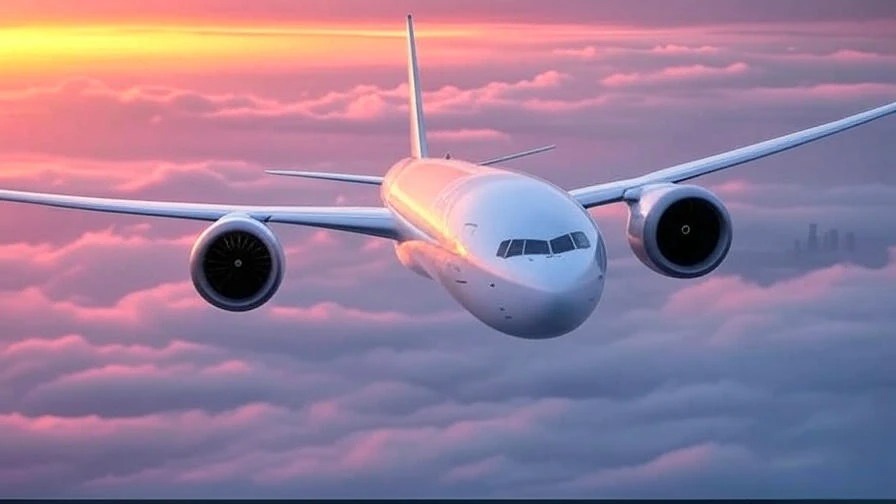The aviation industry stands at a crossroads. After decades of dominance by four-engine giants, Boeing’s 777X promises to rewrite the rules of long-haul flying. But with delays stretching into 2026 and mounting technical challenges, is this aircraft the future of aviation or a costly gamble?
The Revolutionary Promise
Boeing’s 777X isn’t just another aircraft – it’s a bold statement about where aviation is heading. The twin-engine marvel comes in two variants that could reshape how we think about wide-body travel.
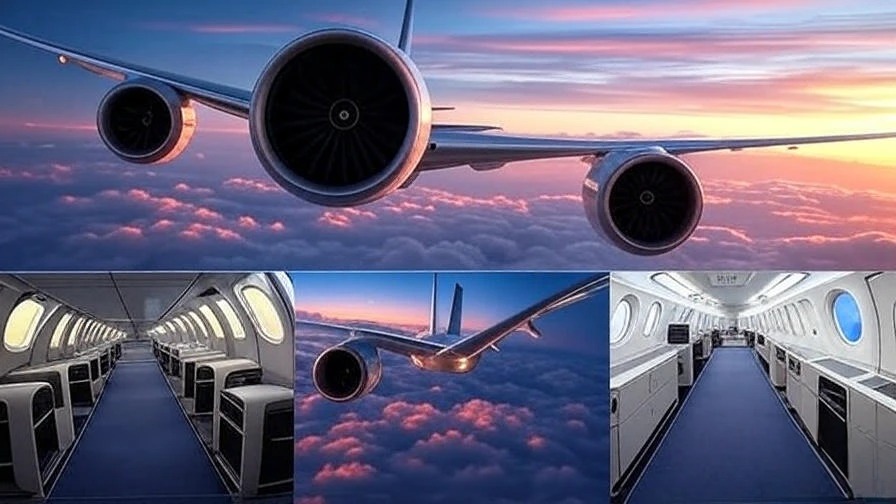
The 777-9 stretches nearly 77 meters, making it the world’s largest twin-engine commercial aircraft. With seating for approximately 426 passengers in typical configuration, it’s designed to replace aging Boeing 747s and Airbus A380s while offering superior economics. The 777-8, while smaller, focuses on ultra-long-range capabilities with enhanced payload flexibility.
What truly sets the 777X apart is its revolutionary folding wingtip technology. These aren’t just engineering showpieces – they solve a real problem. The aircraft’s wingspan extends to an impressive 71.75 meters when deployed, but the folding tips allow it to shrink to fit standard airport gates. This innovation changes the aircraft’s category from F to E, dramatically expanding the number of airports it can serve.
The transformation happens in just 20 seconds, with wingtips automatically folding once the aircraft slows past 50 knots after landing. For airlines, this means accessing more destinations without infrastructure limitations – a game-changing advantage in today’s congested airport environment.
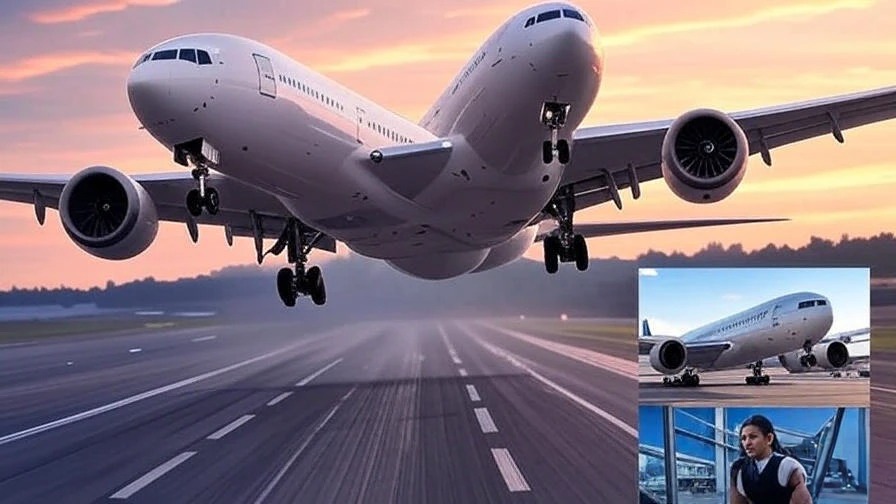
Fuel Efficiency Takes Center Stage
At the heart of the 777X’s promise lies General Electric’s purpose-built GE9X engines – true marvels of propulsion technology. These powerhouses deliver approximately 10% better fuel consumption compared to current 777-300ER engines.
Combined with the new composite wing design that reduces drag while improving lift-to-drag ratios, Boeing anticipates overall fuel efficiency improvements of 12-13% compared to existing 777 variants. For the 777-9 specifically, optimized seating configurations could reduce fuel burn per passenger by up to 20% compared to the 777-300ER.
In an era of rising fuel costs and environmental consciousness, these numbers aren’t just impressive – they’re essential for airline profitability and sustainability goals.
The Passenger Experience Revolution
Airlines aren’t just buying efficiency – they’re investing in passenger satisfaction. The 777X introduces several comfort improvements that could set new industry standards.
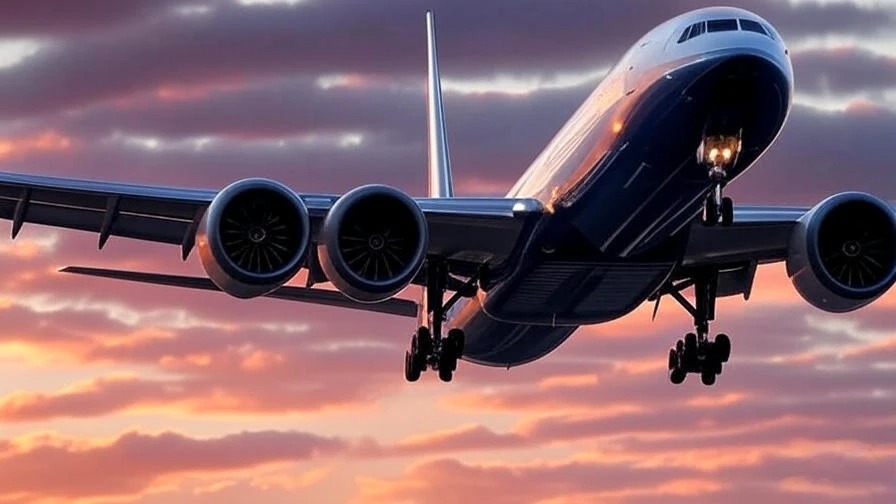
Cabin width increases by four inches through innovative sidewall design. Window size represents a major upgrade, with the 777X featuring windows approximately 29% larger than Airbus A350 windows, providing passengers with significantly better views and natural light.
Perhaps most importantly, the aircraft’s environmental control system reduces traditional cabin altitude from 8,000 feet to 6,000 feet during cruise. This creates a more comfortable onboard experience with improved air quality and higher humidity – similar to the popular 787 Dreamliner.
Overhead bins nearly double in capacity compared to previous 777s, addressing one of passengers’ most common frustrations. These improvements aren’t just luxury features – they’re strategic investments in customer loyalty and airline differentiation.
Market Validation and Range Capabilities
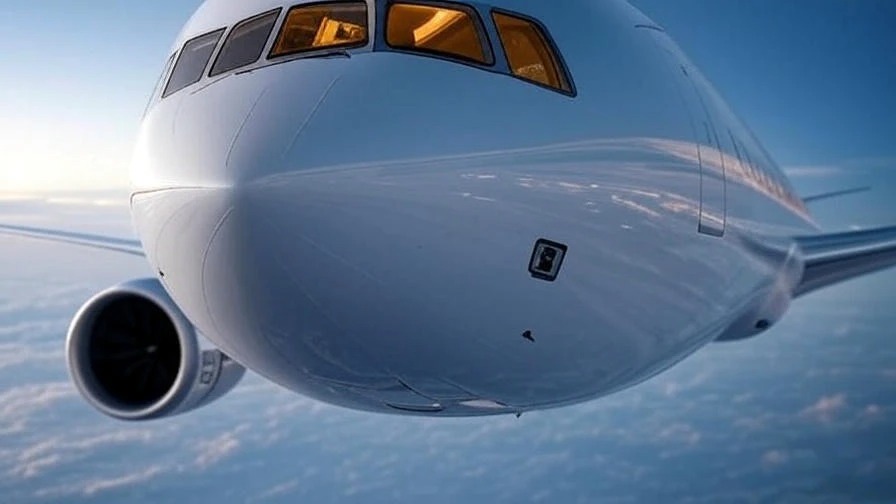
The market has responded enthusiastically, with over 500 orders from major global carriers including Emirates, Qatar Airways, Lufthansa, Singapore Airlines, and British Airways. This substantial order book reflects strong industry confidence in the aircraft’s ability to replace aging four-engine widebodies.
The 777-8 variant particularly stands out with its impressive range of up to 8,745 nautical miles – making it the longest-range commercial aircraft Boeing has ever developed. This capability allows airlines unprecedented flexibility in route planning, supporting the industry’s shift toward point-to-point service while maintaining network connectivity.
Boeing claims the 777X will deliver 5% better aerodynamics and 10% lower operating costs than comparable Airbus models like the A350-1000, presenting a compelling economic case for airlines.
The Reality Check: Challenges and Concerns
However, the 777X story isn’t without shadows. The program has faced significant delays since its 2013 launch, with the initial 2020 service entry target repeatedly pushed back. Current expectations point to final certification by late 2025 or early 2026, with commercial service likely beginning in late 2026. Some industry observers suggest early 2028 might be more realistic.
These delays stem from serious technical challenges. A critical “uncommanded pitch event” during 2020 flight testing saw the aircraft’s nose move unexpectedly without pilot input. This incident prompted extensive design reviews and software modifications, contributing significantly to multi-year delays.
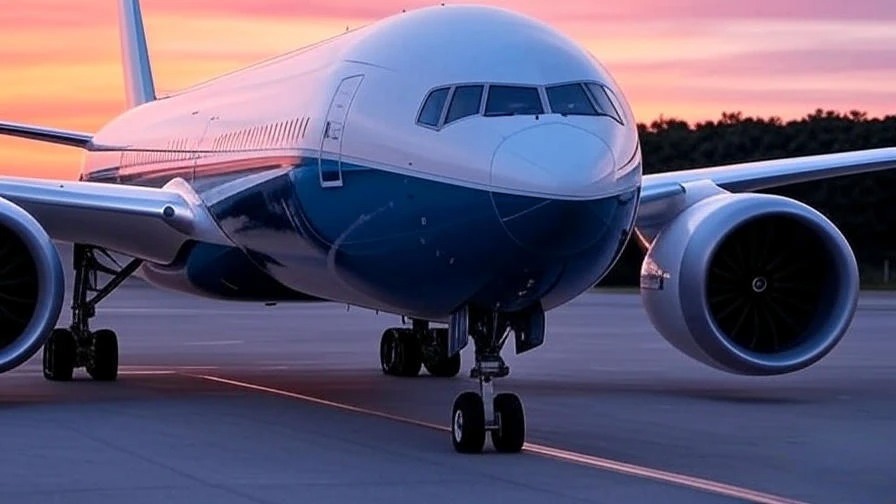
More recently, engineers discovered cracks in engine thrust link components during testing, attributed to unexpected vibration. This led to a four-month pause in certification activities, though Boeing has since redesigned these components and resumed certification flights in January 2025.
Performance Trade-offs
The 777X also presents some interesting trade-offs. The 777-9 variant’s maximum range (7,285 nautical miles) is actually less than the older 777-300ER (7,370 nautical miles). While the 777-8 compensates with superior range, this highlights the compromises inherent in aircraft design.
Boeing’s claims of 10% lower operating costs compared to Airbus models remain unproven for an aircraft yet to enter commercial service. The innovative folding wingtip system also requires special regulatory approval, adding complexity to an already challenging certification process.
The Investment Perspective
From an airline investment standpoint, the 777X represents both opportunity and risk. The aircraft’s advanced technology and efficiency improvements could provide competitive advantages in an increasingly cost-conscious industry. However, the prolonged development timeline and technical challenges raise questions about Boeing’s execution capabilities.
Airlines with existing 777X orders face difficult decisions about fleet planning and route development. The delays have forced some carriers to extend leases on aging aircraft or seek alternative solutions, adding operational complexity and costs.
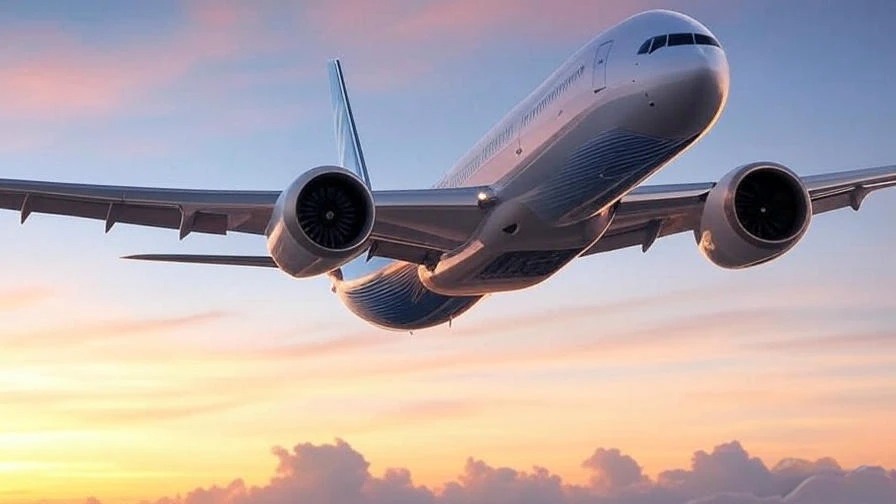
Looking Ahead
The Boeing 777X undeniably represents significant technological advancement in aviation. Its potential to reshape long-haul travel and efficiently replace aging four-engine aircraft is clear, reflected in substantial industry interest and orders.
However, its true impact will depend on Boeing’s ability to deliver a fully certified, reliable product that meets the high expectations set for performance and economics. The aviation industry watches closely as this compelling yet unfolding chapter in flight’s future develops.
The 777X story serves as a reminder that in aviation, innovation and execution must go hand in hand. While the aircraft’s promise is substantial, only successful commercial operation will determine whether it becomes the industry game-changer Boeing envisions.
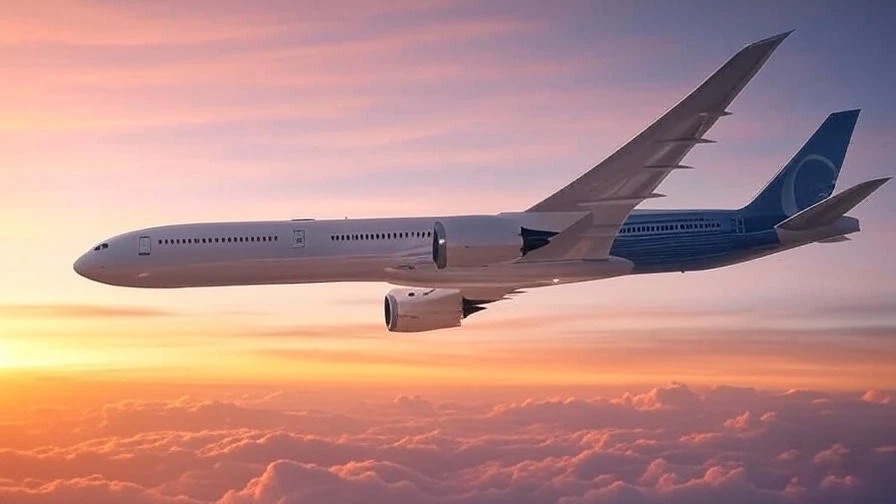
Disclaimer: This analysis is for informational purposes only and should not be construed as investment advice or aircraft procurement recommendations. The aviation market is dynamic, and individual airline circumstances may vary significantly. Always consult with qualified aviation and financial professionals before making fleet or investment decisions.
